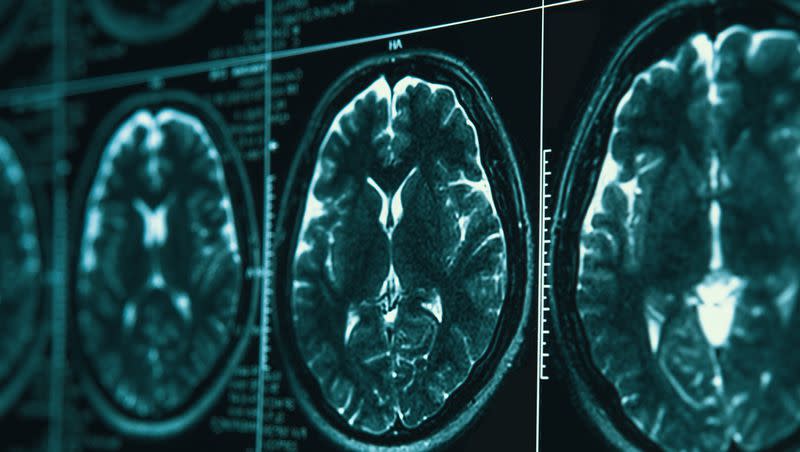Brain drain: How nasal and lymphatic drainage discovery could help end Alzheimer’s

Add this to the list of potential targets to treat Alzheimer’s and other neurodegenerative disorders: Researchers in South Korea have discovered a network of lymphatic vessels at the back of the nose that help drain cerebral spinal fluid from the brain.
According to Neuroscience News, the “groundbreaking” study, published in the journal Nature, reveals a previously unknown outflow path for the fluid, which could have implications for targeting neurodegenerative ills like Alzheimer’s and other dementias.
Britannica.com explains some of the basic functions of cerebral spinal fluid and why its drainage system is vital. Besides cushioning the brain in case of impact, “the fluid also transports metabolic waste products, antibodies, chemicals and pathological products of disease away from the brain and spinal cord tissue into the bloodstream.”
In other words, the drainage clears toxins from the brain. In a news release from the Institute for Basic Science, where the study originated, researchers note that “accumulation of waste in the brain, if not properly expelled, can damage nerve cells leading to impaired cognitive function, dementia and other neurodegenerative brain disorders. Hence, the regulation of (cerebrospinal fluid) production, circulation and drainage has long been a focus of scientific attention, especially in relation to age-related conditions like Alzheimer’s disease and other neurodegenerative disorders.”
Related
Britannica.com said that the fluid is slightly alkaline and 99% water. A normal adult human body has about 100 mL to 150 mL — or 3 ounces to 5 ounces — of cerebral spinal fluid. The researchers said that the brain produces about 500 mL each day.
For the research, scientists led by Gou Young Koh, director of the institute’s Center for Vascular Research, used mice with fluorescent lymphatic markers and advanced imaging. That’s how they found that the network connects to cervical lymph nodes.
The researchers believe that if the cervical lymphatics could be activated to improve the flow of the cerebral spinal fluid, it could offer new treatment options for neurodegenerative diseases. Therapeutic efforts could involve medication or possibly procedures of some sort.
The team said its next step is conducting studies in primates to see if they can learn more about this drainage pathway and how it could be enhanced to target disease.
The research, while promising, is in the early stages and any treatment fruits of the effort are likely years away.

